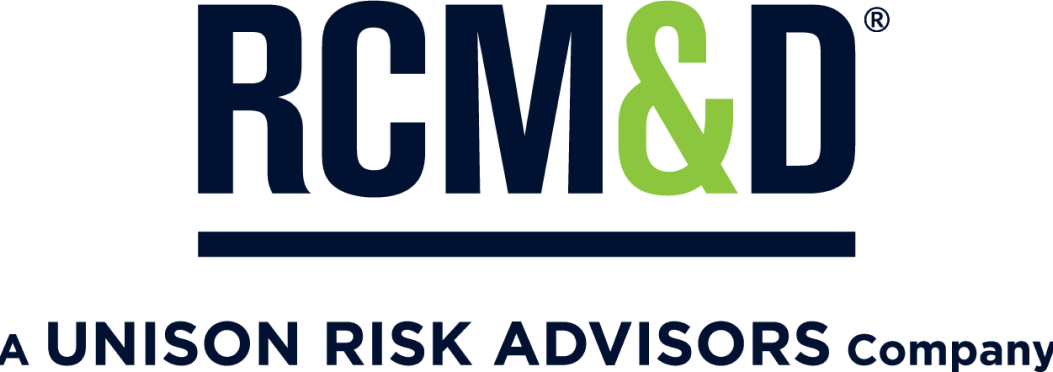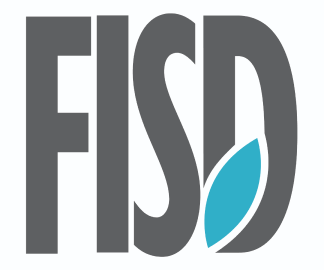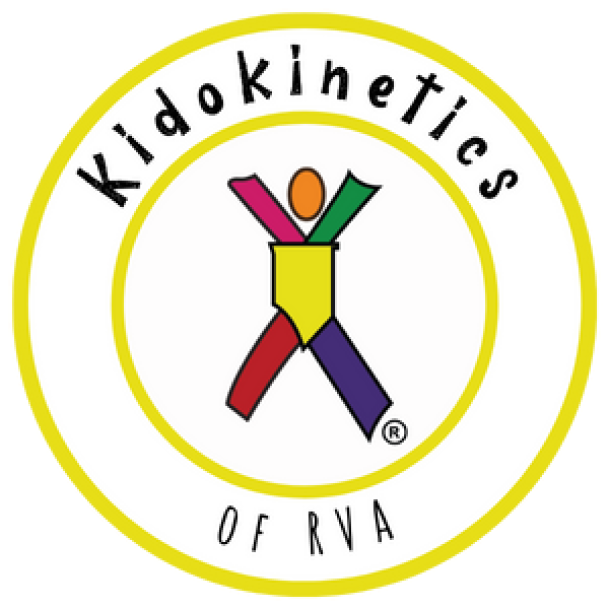Standards for VAIS Membership
Accreditation is a voluntary process intended to be qualitative in nature, undertaken by schools committed to common expectations of excellence. While the school’s own mission is the primary lens through which the school should self-assess, the VAIS Standards serve as principles of best practice for independent schools and should be considered by the school on a continual basis. The VAIS Standards represent the collaborative efforts of the appointed Accreditation Committee members and Staff, and reflect both state and national expectations. Schools are expected to demonstrate alignment with the Standards through documentation, the self-study narrative report (which may include a standards “guide” and/or reflections on the Standards themselves), and during the onsite evaluation team visit.
Standards
- The school’s mission guides its policies and practices and is evident in the climate, culture, and program of the school.
- The program fulfills the educational and developmental needs of the students and meets the requirements of learning and living in a diverse and globally-connected society.
- The school effectively communicates its value and cultivates a community that advances the mission of the school.
- The faculty, administration, and staff support the mission of the school, are qualified for their positions, engage in ongoing evaluation and professional growth, and effectively implement the program.
- The Head of School serves as the chief executive, is the sole employee of and only direct report to the governing body, and is ultimately responsible for the operational and educational management of the school.
- The governing body of the school is independent with clearly defined responsibilities and partners with the Head of School to ensure implementation of fiduciary policies and strategic planning.
- The governing body and the Head of School jointly assure that the financial resources are managed responsibly and support the school’s mission and financial health.
- The school’s facilities and equipment are sufficient to meet the needs of the program and are maintained to provide an effective and safe learning environment.
- The school’s care for the health, safety, and well-being of its students and employees is evident in its policies and practices.
- [IF APPLICABLE] The residential program is so conceived and staffed as to reflect the mission of the school and provide a healthy and safe environment. A residential program is defined as any program where students housed on or off campus fall under the direct responsibility of the school after the school day has ended.
- [IF APPLICABLE] The preschool and/or extended day program is conceived and staffed so as to reflect the mission of the school and provide a healthy, safe, and developmentally appropriate environment.
























